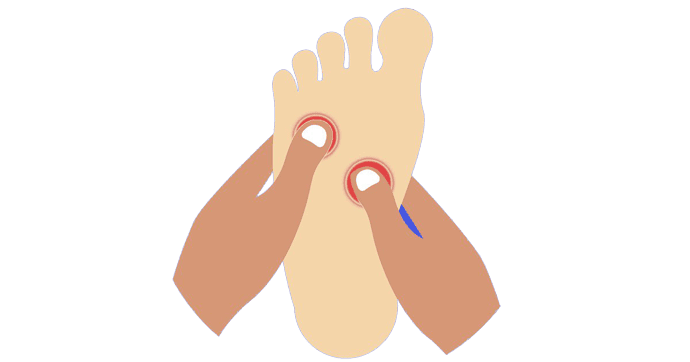History of Reflexology
Throughout the History of Reflexology, there have been allusions to people working on their feet, hands, and ears in various civilizations. An early Egyptian tomb picture portrays what seems to be a modern-day Reflexology session, and the fact that it may discover in the Physician’s tomb appears to make it particularly pertinent to this discussion. The hieroglyphics may inscribe as follows, Please do not injure me, and the response is that I will behave in such a way that you will reward me.
Ancient History of Reflexology
There are years of History behind Reflexology as a treatment. It may genuinely track back to the ancient civilizations of Egypt, India, Native America, and China, to name a few countries. This pictograph, discovered in the tomb of an Egyptian physician called Ankmahor in Saqqara in 2330 BC, portrays patients receiving reflexology treatments on their hands and feet. It is the first known evidence of the History of Reflexology.
The Development of Modern History of Reflexology
Dr. William Fitzgerald, an ear, and throat surgeon, was the first to use the more current type of Reflexology, which developed in the 1960s (1872-1942). Dr. Fitzgerald was the Zone Therapy creator, a history of Reflexology that developed earlier than today. He observed that applying pressure to the tips of the toes or the fingers’ ends enabled anesthesia to induce in the corresponding areas of the body.
Minor surgery may perform without anesthetic drugs by placing tight elastic bands around the middle regions of the fingers or toes or by placing pegs on the points of the fingers.
Eunice Ingham theory for History of Reflexology
Although Eunice Ingham (1889 – 1974) may refer to her as the mother of Reflexology, she was the first to practice Reflexology in its modern form. Eunice Ingham worked as a physiotherapist at a doctor’s office, where she used the zone therapy technique established by Dr. Fitzgerald.
After a lengthy investigation, she realized that the reflexes on the feet were an identical mirror image of the body’s organs, and she went on to create a map of the whole body on the feet, which she named the “map of the complete body. When these sites are stimulated using acupressure or massage methods, a beneficial impact may produce in the appropriate body area.
Eunice Ingham devoted her life to assisting people and was a firm believer in the advantages of Reflexology as a healing modality. Modern Western History of Reflexology uses the charts and ideas that she established, which may now refer to as the Ingham Method.
Zone theory for History of Reflexology
Zone Theory, and later Zone Therapy, on which you may find the history of Reflexology, postulates that the body may split into ten longitudinal zones, five on each side, which are subsequently treated using Reflexology. Moreover, Zone 1 would be the region from the big toe straight up the body into the head.
According to Dr. William Fitzgerald and Dr. Joe Shelby Riley, any part of the body that is crushed inside this zone will affect every other part of the body that is compressed within the zone.
The History of Reflexology as we know it today started in the medical field. It may relegate to the Complementary sector even though it was widely considered adequate based on extensive anecdotal evidence, since writing a prescription required more money and time than writing a prescription.
Modern theory
Reflexology is a therapy that is constantly evolving and expanding to become a highly effective treatment for holistic wellness. Exiting new approaches implies that each treatment may modify clients’ unique requirements, and quicker results may boost the body’s natural healing reaction. With the help of research, we are seeking more and more about the History of Reflexology, the healing power of the human effort, and the relevance of hands-on treatments in reducing stress and tension.
Even more astounding is the ability of the mind to influence the body’s reactions – a phenomenon known as the Placebo effect – to occur. Medical professionals believe that stress contributes to the development and exacerbation of a wide range of health conditions. As a result, we must discover effective methods of stress management. Reflexology, for example, maybe incredibly beneficial in reducing the effects of stress on both the mind and the body.

